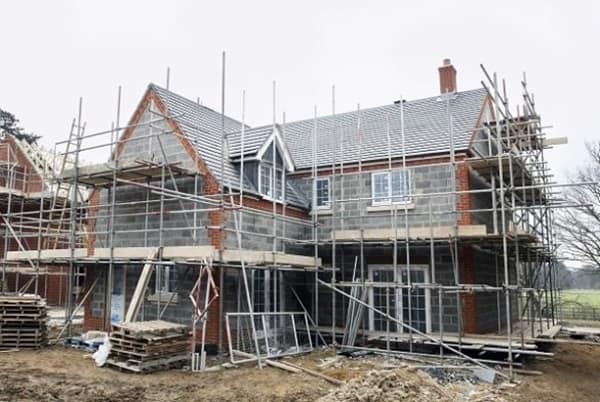The UK housing development market is continuously changing and evolving. It is fascinating to observe the ways in which the market has been transformed in recent years, particularly when you consider the contributing factors, such as the economy, environmental considerations, and changing lifestyles.
It can also be hard to keep up, when so much is changing, which is why it is useful to take a look at the main trends that are driving the housing development market in the UK in 2025. This post explores a few of the main trends right now and why they have emerged. Read on to find out more.
Energy efficiency
Unsurprisingly, one of the biggest trends in the UK housing development market in 2025 is energy efficiency. Obviously, developers need to build properties that are in line with the latest regulations, but there is also a growing demand for energy-efficient properties.
This is due to the public becoming more eco-aware, but primarily due to the soaring cost of energy in recent times. As a result, developers are incorporating features like:
- Solar panels
- Modern insulation methods
- Energy-efficient materials
- Smart thermostats
Climate resilience
Since a 2021 update to the National Planning Policy Framework, both current and future flood risks to developments are required to be considered by developers. These must take into consideration climate change scenarios for up to 100 year projections, using UK Climate Change Projections provided by the Met Office.
Major house-builders, like Taylor Wimpey, Persimmon and Barratt have had to start flood modelling far earlier in their processes than in the past. In 2024 The Environment Agency reported that 20% of new planning consultations require this to be in place, which has fuelled this trend.
Multi-use spaces
The way people use their homes has changed since the COVID-19 pandemic. In 2025, whilst a return to working in offices has increased, many people need their homes for work as well as for entertainment, relaxation, and socialising. Therefore, there is still a strong demand for spaces that can be multi-use.
Open-plan living areas, space for home offices, and living spaces that can be adapted are becoming standard and help align with modern lifestyles. A space that is flexible can also be appealing because it can be adapted to different stages of life, meaning people do not have to move or plan large renovation projects.
Mixed-use developments
Mixed-use developments are also on the rise, particularly in areas undergoing regeneration in the UK. These are developments that combine residential, commercial, and community spaces. These developments can provide modern amenities and everything that tenants need in one space.
These are currently a few of the biggest trends in the UK housing development market in 2025. The market has undergone a significant evolution in recent years, with the above trends reflecting the current state of the market. These trends have emerged as a result of a number of factors, including the economic downturn, changes in modern lifestyles since the pandemic, and environmental factors.
Accommodating development trends in your plans
When planning a project, from buying land through to arranging development finance, its construction and then sale or refinance of the finished unit, these emerging trends will play a factor. First of all, site selection and architectural plans will need to incorporate any structural implications, the costs involved will have to be factored in, and decisions made as to the viability of potentially a range of appropriate solutions and energy efficiency considerations may well impact planning applications with the local authority.








